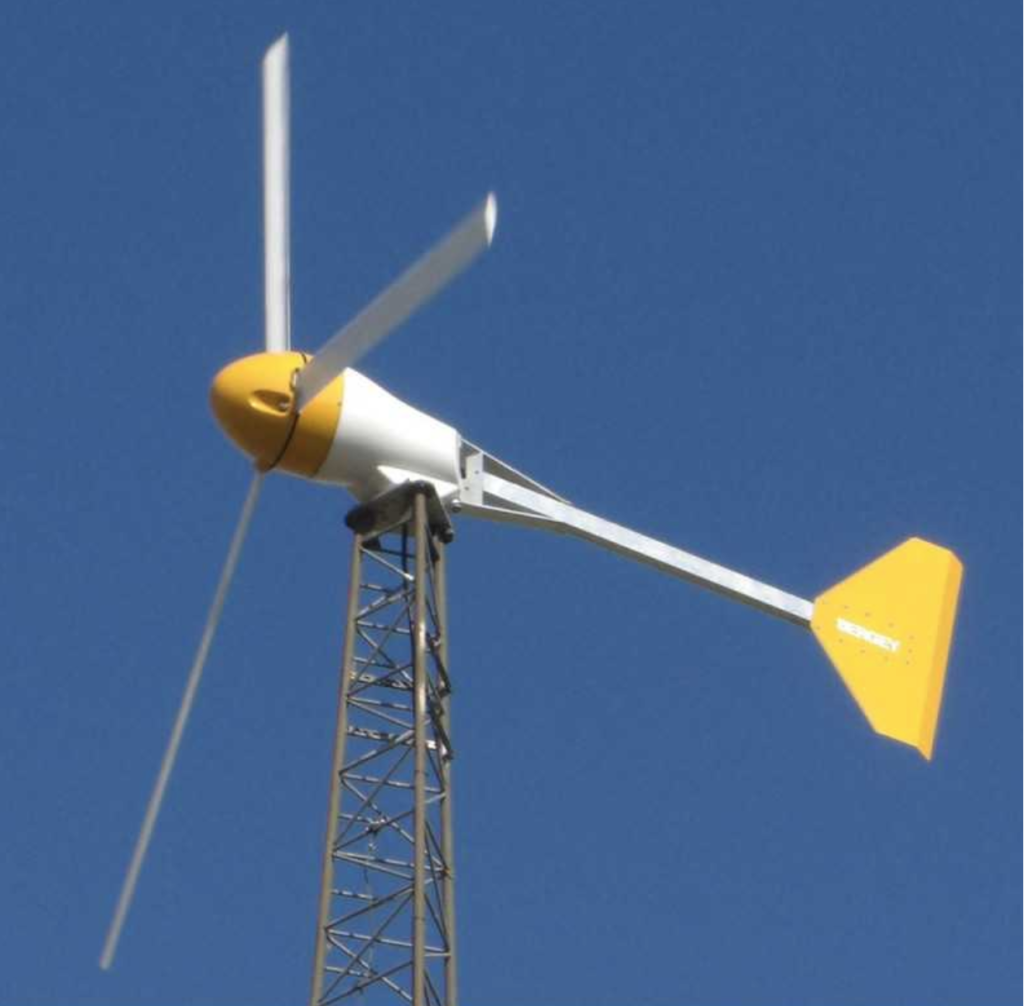Like solar panels, personal wind turbines are an option for homeowners who want to reduce their environmental impact and energy bills.
When purchasing a personal wind turbine for your home and/or property, choosing the right one from the many models available in the market can be overwhelming.
Consider the following key factors when selecting the turbine that best suits your needs.
1. Begin by figuring out your energy needs
Before choosing a personal wind turbine, it’s important to determine your current energy needs. Doing this will help you to set realistic goals for the size turbine you need.
Start by evaluating your monthly or yearly electricity usage and identify the specific appliances or areas where you consume the most energy. This information will be instrumental in determining the right turbine size for your needs.
2. Location
The success of a personal wind turbine largely depends on its location. Assessing wind resources at your property is a critical step. Wind speed, direction, and potential obstacles or wind blockages should be carefully considered.
It’s also important to research local regulations and zoning restrictions before installing a wind turbine to avoid potential challenges.
3. Types of residential wind turbines
There are two main types of wind turbines – horizontal axis and vertical axis.
While horizontal-axis turbines capture wind from a specific direction, vertical-axis turbines capture wind from any direction, making them a more versatile option.
Before choosing a turbine design, consider whether you want an on-grid or off-grid system, depending on your specific needs and circumstances.
Additionally, when assessing different turbine designs, it’s essential to consider factors such as efficiency, noise level, maintenance requirements, and cost. Ultimately, the best turbine design for you will depend on your specific requirements and goals.
4. Efficiency and performance
Understanding its efficiency and performance characteristics is crucial to maximize the benefits of your wind turbine.
Look into power output and capacity factors, as these metrics provide insights into how much energy a turbine can generate under different conditions.
Also, consider maintenance requirements and reliability, as a low-maintenance turbine with a reliable track record can save you time and money in the long run.
5. Budget considerations
When considering purchasing and installing a personal wind turbine, it’s important to look beyond the initial costs and consider the long-term benefits.
Consider the available financial incentives, rebates, and potential energy savings over the turbine’s lifespan. Creating a well-planned budget can help you make a financially sound decision that aligns with your sustainability goals.
6. Noise and aesthetics
Consider noise and visual impact on surroundings when installing your personal wind turbine. Strive for a balance between performance and environmental/community considerations.
7. Maintenance and durability
When investing in a turbine, it is crucial to consider its maintenance requirements and durability to ensure longevity.
Opt for a turbine model with a proven track record and a reliable warranty. When you have a clear understanding of the expected lifespan and potential repair costs you’ll have what you need to make an informed decision that minimizes any unexpected surprises in the future.
8. Environmental Impact
Finally, assessing the environmental effects of the materials used in the turbine is crucial. Opt for a turbine with negligible environmental impact to minimize your ecological footprint. By doing so, you’ll generate renewable energy for your own use and contribute to a more sustainable and eco-friendly future.
9. Other things to Consider
When considering turbine energy, remember that you could have an impact on the wildlife. Birds have been known to fly into the turbine blades which can cause death of these species. Additionally, some critters like mice and squirrels could cause damage to these energy options. When considering turbine energy, remember to take into effect the local wildlife.
Energy-Efficient Upgrades to Make to Your Home


